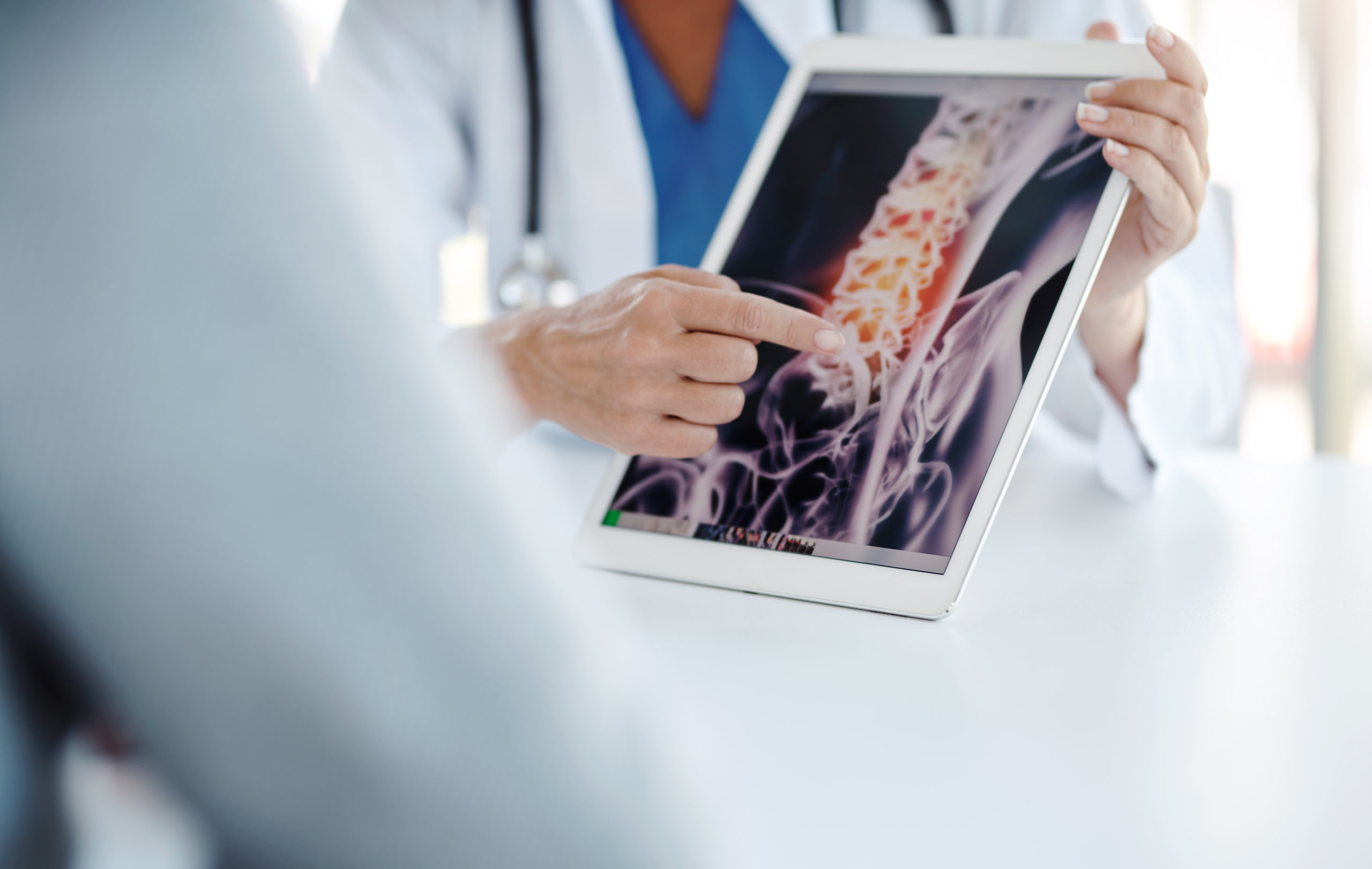The year 2017 marks the 50th anniversary for spinal cord stimulation therapy which was first used to treat pain in 1967. To celebrate the occasion, NeuroNews spoke to a number of pioneers in the field about how they have seen spinal cord stimulation therapy change and develop over the years and where they hope to see it improve and grow in the future.
Where are the key opportunities for growth within the area of spinal cord stimulation and how do you see devices and therapy developing and changing in the future?
Giancarlo Barolat: There is a tremendous growth opportunity in this field. Stimulating the nervous system can affect many different conditions, including pain, bladder/bowel dysfunction, epilepsy, depression, obesity, high blood pressure, angina pain, headaches and even conditions like rheumatoid arthritis. Future research will be concent

rated on different target areas in the nervous system as well studying how various electrical parameters may affect different body functions and dysfunctions. M
icro technologies with miniaturisation of the devices, improved battery life, a variety of waveform will unleash our ability to interface ina more effective way with the nervous system and body dysfunction.
Christophe Perruchoud: Each manufacturer developed its own mode of stimulation. For obvious economic reasons, it is impossible to provide each patient with the full spectrum of stimulations’ modes. All-in-one devices would unquestionably be an asset. Closed-loop technologies may also strongly contribute to a therapy more tailored to a patient’s individual needs. Neuromodulation techniques and spinal cord stimulation, in particular, are symptomatic
 and palliative therapies. Techniques inducing structural changes or treating the cause rather than the symptoms could revolutionize the place of neuromodulation procedures in the algorithm of treatment. Stimulation of the medial branch nerves to treat back pain of muscular origin is a good example of it. Built-in tools such as gyroscope and accelerometer would also allow us to obtain objective outcomes and help to overcome the subjectivity in measuring pain. Moreover, all the implanted devices are sensitive to cyber hacking, which calls for a constant security tightening and firmware upgrading.
and palliative therapies. Techniques inducing structural changes or treating the cause rather than the symptoms could revolutionize the place of neuromodulation procedures in the algorithm of treatment. Stimulation of the medial branch nerves to treat back pain of muscular origin is a good example of it. Built-in tools such as gyroscope and accelerometer would also allow us to obtain objective outcomes and help to overcome the subjectivity in measuring pain. Moreover, all the implanted devices are sensitive to cyber hacking, which calls for a constant security tightening and firmware upgrading.
Simon Thomson: Technological improvements in spinal cord stimulation have meant that the sometimes dominant back pain component of chronic neuropathic back and leg pain (also known as Failed Back Surgery Syndrome) can be treated as well as the leg pain component. This has brought many more patients to the treatment.

There are still 10 to 20 fold more patients with this condition who could be treated than we currently are referred.
Credits: Neuronews






